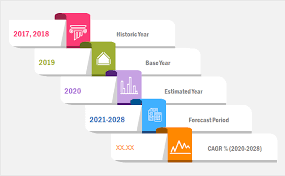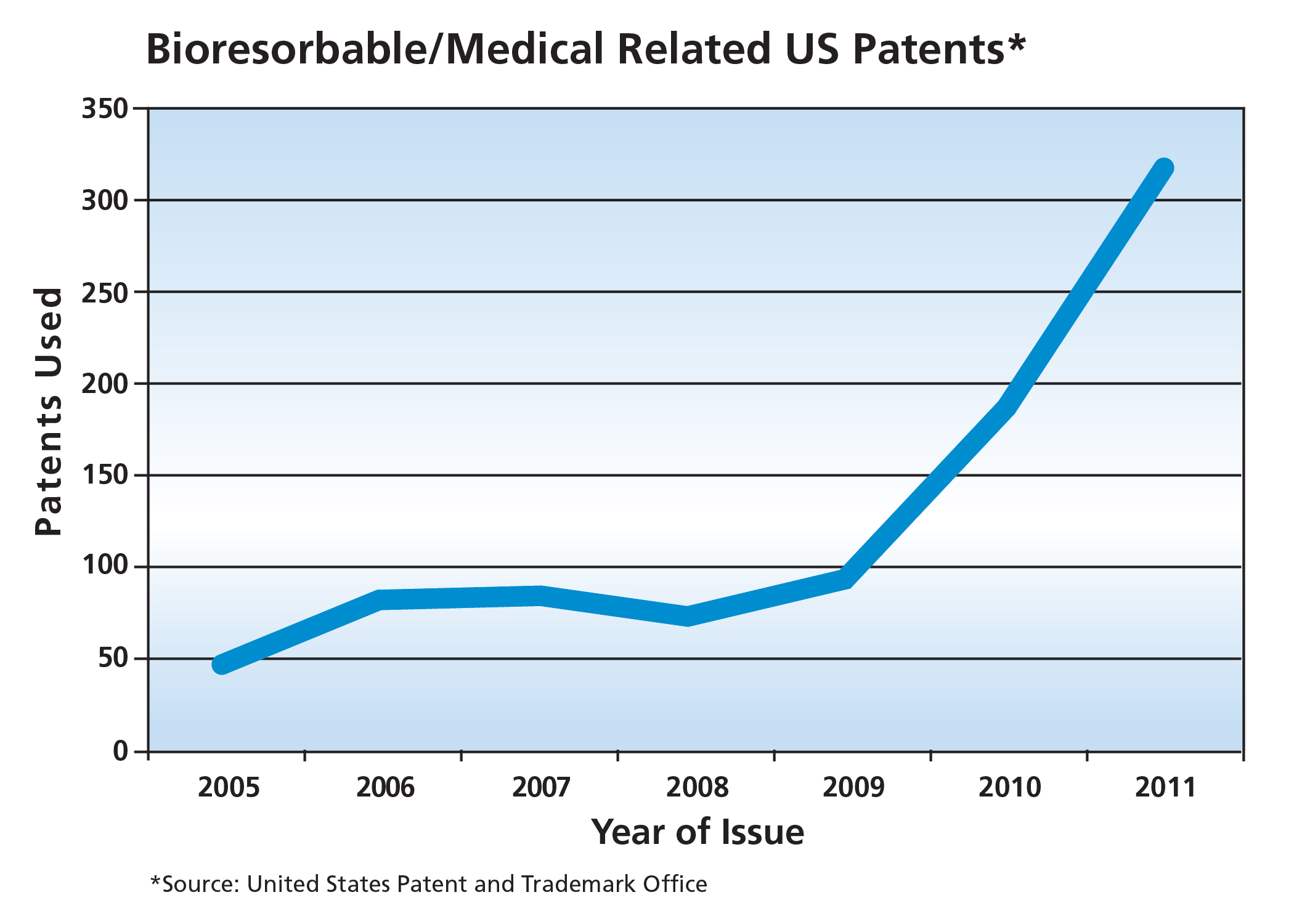The Liquid Silicone Rubber (LSR) Market report covers the recent estimations and forecast on a global and regional level. The study provides an extensive analysis of the Liquid Silicone Rubber (LSR) market for the period 2016 – 2028. Data for 2016- 2028 has been comprised as historical information. The report offers a holistic perspective on industry growth throughout the above prediction period in terms of revenue estimates (in US$ MN) around different geographies.
The study contains cross-sectional analysis of the global Liquid Silicone Rubber (LSR) market in terms of market estimates and forecasts for all the segments over different geographic regions. The research report covers all the recent trends and advanced technologies that are playing a key role in the growth of the Liquid Silicone Rubber (LSR) market over the forecast period. It also sheds light on various drivers, restraints, and opportunities likely to influence the market growth over the sand period.
In order to give a complete view of the Liquid Silicone Rubber (LSR) market, we have covered a thorough competitive scenario as well as product portfolio of the major vendors spread across various regions. The report study also contains SWOT analysis and PESTEL analysis of the industry. The study embraces a market attractiveness study, wherein all the segments are benchmarked on the basis of their market size, growth rate, and overall attractiveness in terms of investment opportunity and market value growth.
Segmentation of Global Liquid Silicone Rubber (LSR) Market

The Liquid Silicone Rubber (LSR) Market is segmented by : By Molding Technology Type (Liquid Injection Molding System), By Grade Type (Industrial Grade, Medical Grade, And Food Grade), By Application Type (Automotive, Medical, Electrical & Electronics, Consumer Goods, And Others)
Liquid Silicone Rubber (LSR) Market
Regional Insights on Global Liquid Silicone Rubber (LSR) Market
Market segmentations have been analyzed on the basis of current and future trends and the market is forecasted from 2016 to 2028. The market is geographically segmented into North America, Eastern Europe, Western Europe, Asia Pacific, Middle East, Rest of the World.








